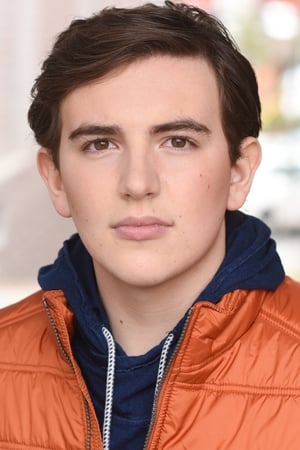⭐⭐⭐
Rating: 2.5 out of 5.The Maze Runner is a “fascinating” story of evolution, human nature, and the will to survive.
While the film presents an intriguing concept, it lacks the seriousness I expected. At times, it feels cheesy, which weakens the impact of its core themes.

The maze itself is a series of constantly shifting corridors that rearrange at midnight. However, this mechanic is never fully explained—why do the sectors even exist beyond being numbered for convenience? Another odd detail is that the Grievers (if that’s how you spell it) seem to be locked to specific sections, with about 1-2 per sector. Given the scene where the code is used to open the escape route, there appear to be around eight sectors in total.
Grievers
From the start, the film hints at some kind of terrifying creature, but by the end, we still don’t fully understand what these things are.

Here’s what we do know:
- Grievers are a mix of a giant earthworm and a mechanical spider.
- They carry a disease called the Flare, though it seems to be a weaker version than what we see in the scientist’s explanation.
- They have a tail that can grab and throw people.
- For some unknown reason, they “sting” their victims by injecting a chemical that triggers violent outbreaks, uncontrollable body movements, and an odd ability to regain lost memories.
That last point felt a little too convenient—it made the whole “remembering things” aspect seem cheap and forced.

The Scientists and Their “Experiment“
So, we know this was all done for a reason, but was that reason even worth it? They captured kids, tested their minds, and threw them into a maze to be self-sufficient—only to eventually kill them off. Sounds like growing up to me. #School #Work #Death.
If the virus the Grievers carried was a weaker version of the Flare, then I can somewhat understand the experiment’s goal—to find a cure. But how does testing kids’ problem-solving abilities in a maze lead to medical breakthroughs? Did they create the virus? Is it tied to children specifically? Why not use adults?

The world was supposedly scorched by the sun (obvious global warming commentary), and then a virus wiped out most of the population. So the scientists decided the best way to save humanity was to experiment on kids who were naturally resistant to the Flare. I guess it kind of makes sense, but the whole plan seems wildly inefficient.
Here’s where things don’t add up.
Was Thomas’s past real, or were his memories implanted? He recalls helping the scientists, placing kids in the maze, and studying them—yet he has no idea why he ended up there. Did they send him in on purpose to create chaos and kickstart “Phase 2”? If so, that would mean the cycle just repeats itself, with another controlled escape leading to yet another experiment in the next movie.
I have to be blunt—Teresa (Kaya Scodelario) was completely useless.

From the moment she showed up, I expected some interesting dynamics in an enclosed space full of guys. But the film doesn’t explore that at all. Instead, she barely speaks, does nothing of importance, and her biggest contribution is throwing a firebomb at a Griever. Her role boils down to looking pretty for the camera and conveniently helping Thomas remember a few things. After that, she fades into the background, which is disappointing given that she was supposedly just as important as Thomas in the experiment.
If you enjoy follow-the-leader survival stories and don’t mind a few plot holes, The Maze Runner is worth a watch. Just don’t expect everything to make perfect sense.






































Great post. I used to be checking constantly this weblog and I am inspired!
Extremely helpful information particularly the
ultimate part 🙂 I care for such info much. I was looking for this particular information for a very lengthy time.
Thanks and good luck.